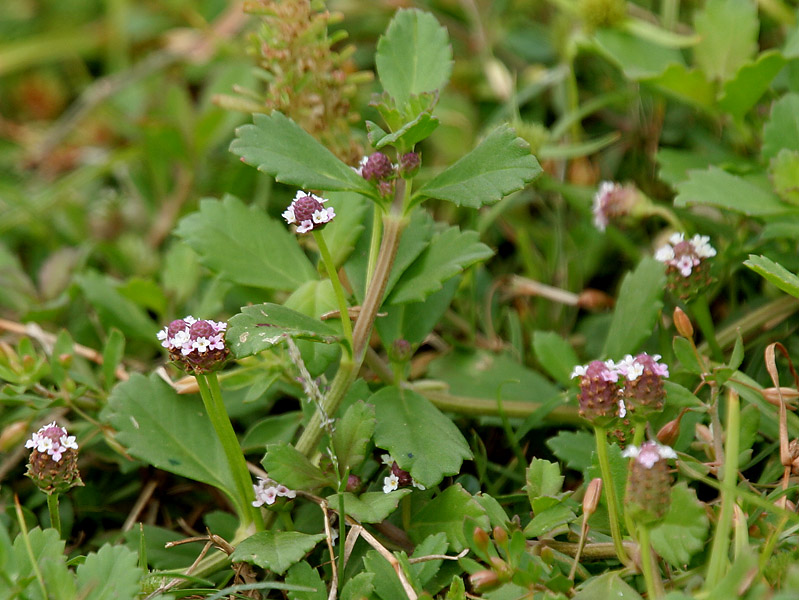Verbenaceae
Enlarge text Shrink text- ITIS, Apr. 28, 2002(Verbenaceae, verbenas. Order Lamiales)
- Vascular plant families and genera, via WWW, Apr. 28, 2002(Verbenaceae. Dicotyledones)
- GRIN taxonomy, via WWW, Apr. 28, 2002(Verbenaceae. Synonyms: Avicenniaceae, Cyclocheilaceae, Dicrastylidaceae, Durantaceae, Nesogenaceae, Nyctanthaceae, Petreaceae, Phrymaceae, Stilbaceae, Symphoremataceae)
- Watson, L. The families of flowering plants, via WWW, Apr. 28, 2002(Verbenaceae. Including Cyclocheilaceae, Durantaceae, Nesogenaceae, Petreaceae, Pyrenaceae, Vitices (Viticaceae). Excluding Dicrastylidaceae, Phrymataceae, Stilbaceae, Symphoremataceae. Lamiales)
- Web. 3(verbena family: Verbenaceae)
- Wikipedia, July 30, 2009(Verbena (verbenas or vervains) is a genus in the family Verbenaceae)
- ITIS, via WWW, July 30, 2009(Genus Verbena -- verbena, vervain; family Verbenaceae)
The Verbenaceae ( VUR-bə-NAY-see-ee), the verbena family or vervain family, is a family of mainly tropical flowering plants. It contains trees, shrubs, and herbs notable for heads, spikes, or clusters of small flowers, many of which have an aromatic smell. The family Verbenaceae includes 32 genera and 800 species. Phylogenetic studies have shown that numerous genera traditionally classified in Verbenaceae belong instead in Lamiaceae. The mangrove genus Avicennia, sometimes placed in the Verbenaceae or in its own family, Avicenniaceae, has been placed in the Acanthaceae. Economically important Verbenaceae include: Lemon verbena (Aloysia triphylla), grown for aroma or flavoring Verbenas or vervains (Verbena), some used in herbalism, others grown in gardens
Read more on Wikipedia >
 Topic
Topic





